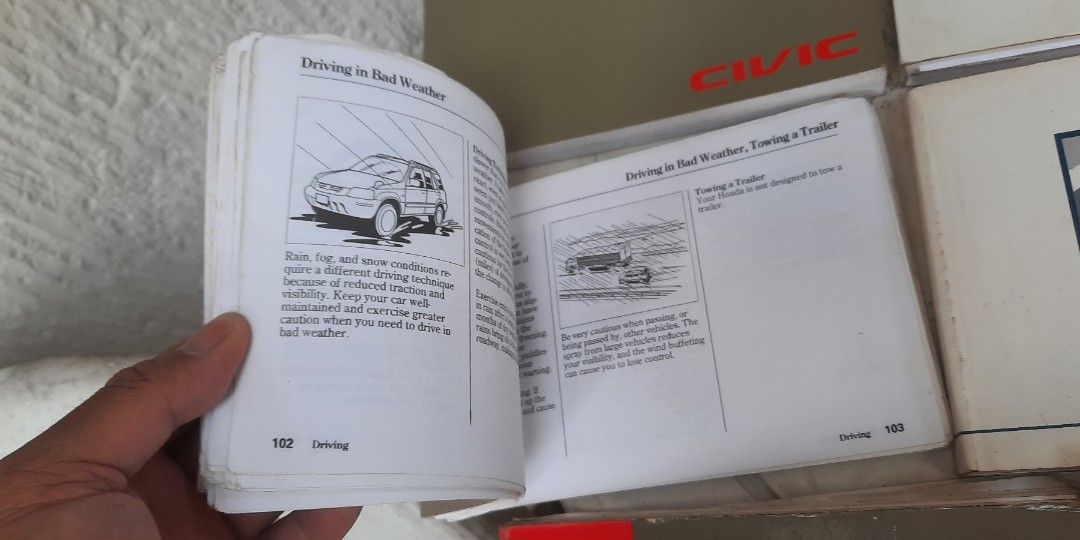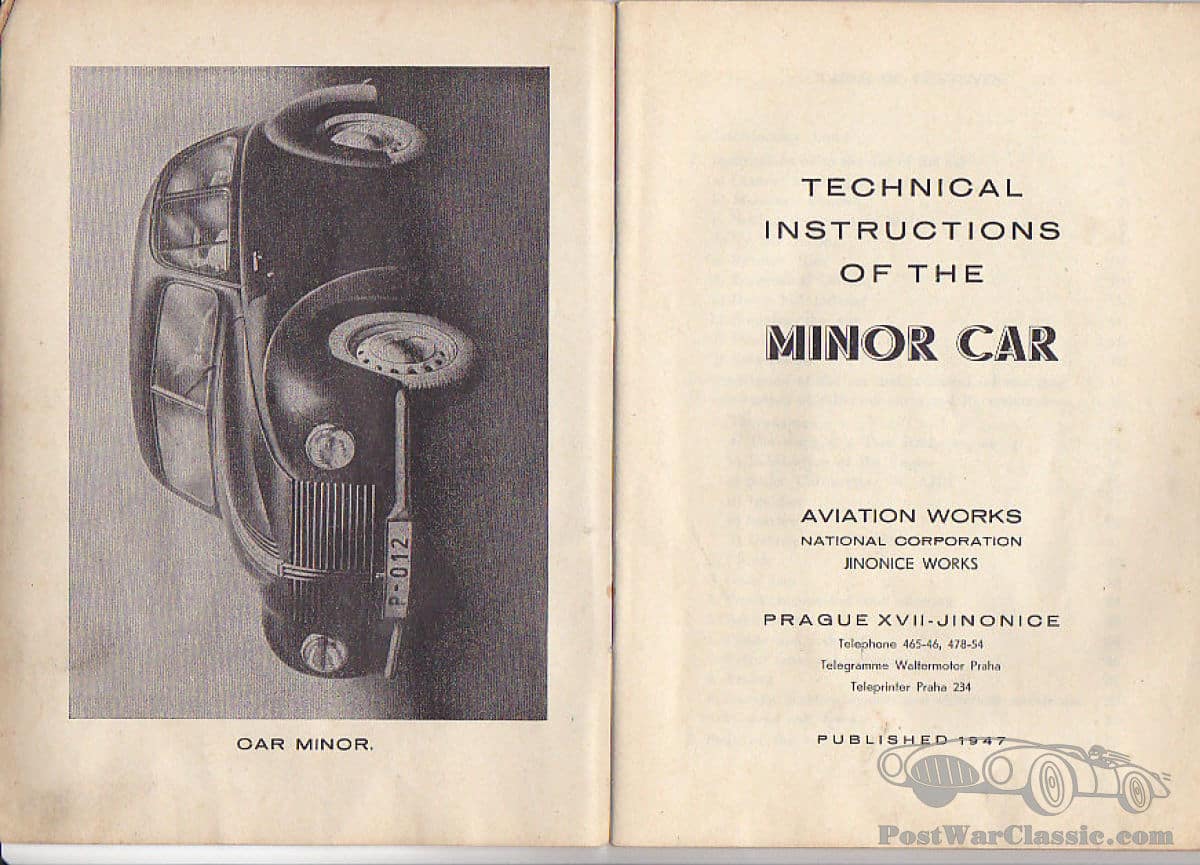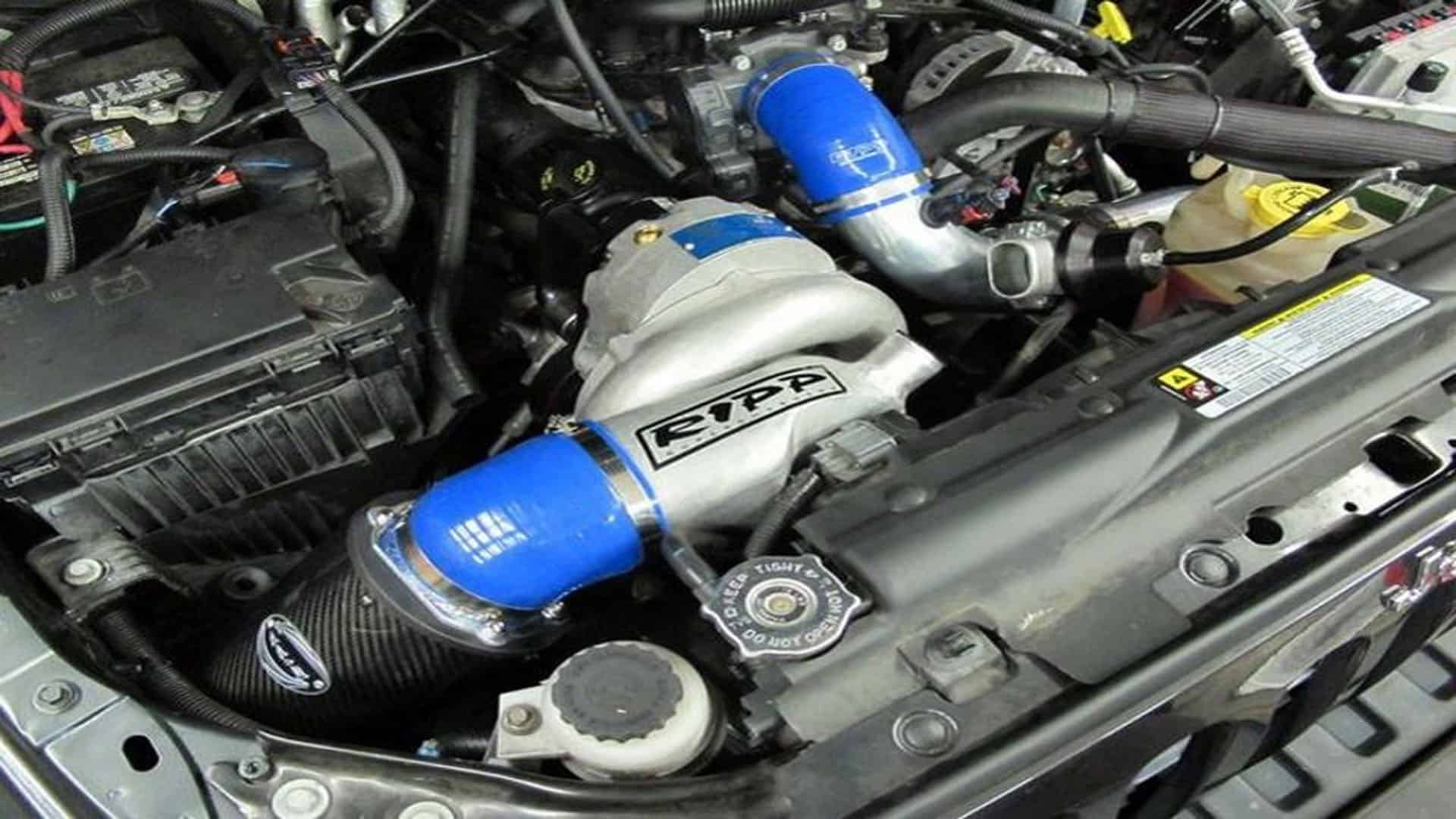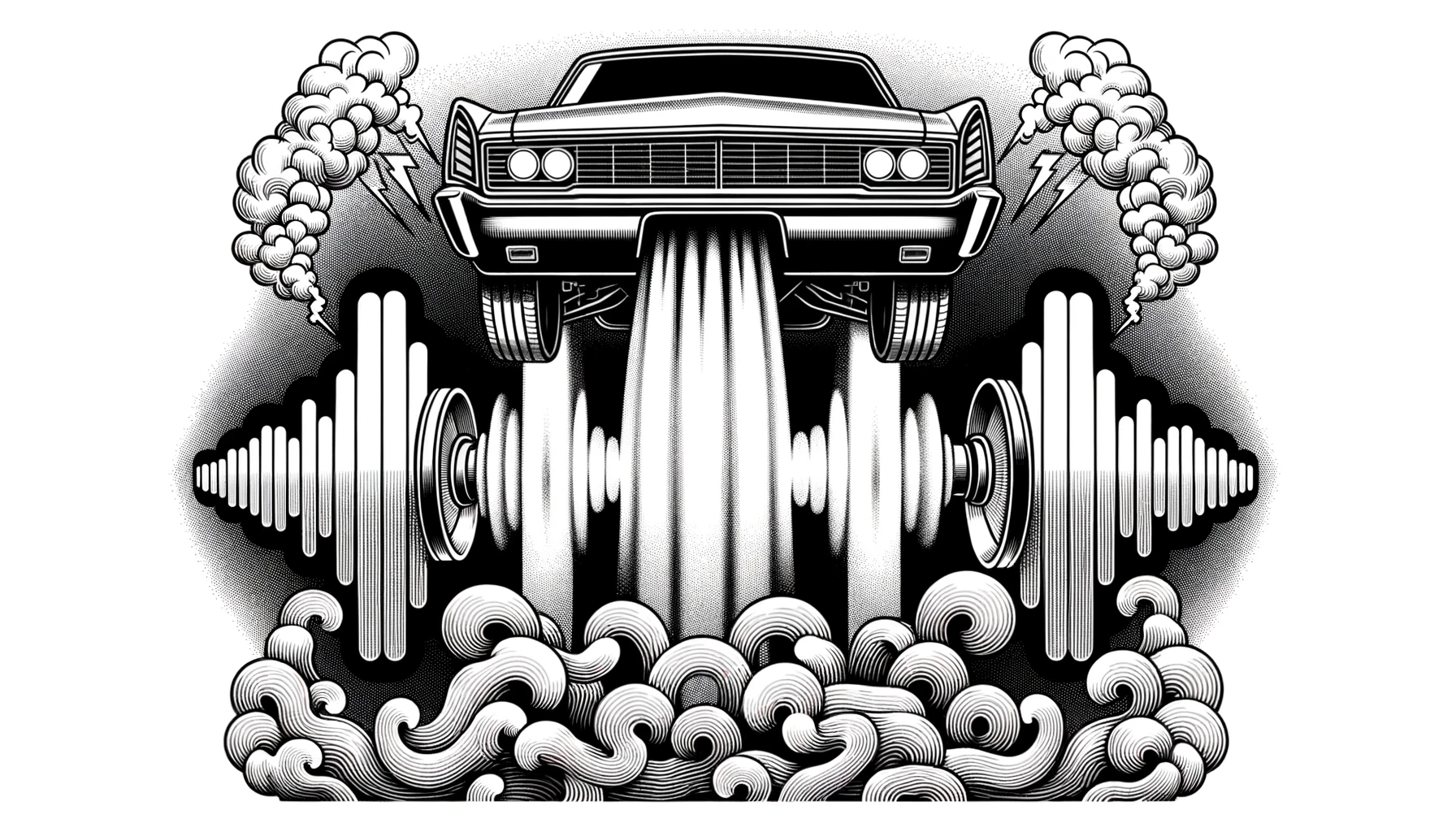Key Takeaways
- A vehicle owner’s manual is an instructional book that is supplied with your vehicle and contains important information about its features, functions, maintenance, and troubleshooting.
- A vehicle owner’s manual can help you get familiar with your vehicle, improve your driving skills, save money on repairs, prevent accidents, and increase your vehicle’s resale value.
- A vehicle owner’s manual is usually divided into several sections, such as introduction, instruments and controls, driving and operating, service and maintenance, technical data, and customer information.
- A vehicle owner’s manual can be accessed online or in print, depending on the manufacturer and the model of your vehicle. You can also order a paper copy of your manual from the manufacturer or a local dealer.
- A vehicle owner’s manual should be read carefully and kept in a safe place for future reference. You should also follow the recommendations and instructions in your manual to keep your vehicle in good condition and avoid any problems or damages.
Introduction

If you have recently bought a new or used vehicle, or if you are planning to buy one, you might be wondering what is that thick booklet that comes with it. That booklet is your vehicle owner’s manual, and it is one of the most valuable and useful resources you have as a vehicle owner. A vehicle owner’s manual is an instructional book or booklet that is supplied with almost all technologically advanced consumer products such as vehicles1. It includes important information to make you a better driver and car owner, such as:
- The features and functions of your vehicle, such as the dashboard, the steering wheel, the pedals, the seats, the doors, the windows, the lights, the audio system, the navigation system, the air conditioning, the safety systems, and more.
- The driving and operating tips and advice, such as how to start and stop your vehicle, how to shift gears, how to park, how to tow, how to use the cruise control, how to adjust the mirrors, how to use the seat belts, how to use the child seats, how to drive in different weather and road conditions, and more.
- The service and maintenance schedule and procedures, such as how often and how to change the oil and oil filter, the air filter, the fuel filter, the brake fluid, the coolant, the transmission fluid, the spark plugs, the battery, the tires, and more.
- The troubleshooting and emergency guide, such as how to check the warning lights, how to diagnose and fix common problems, how to jump-start your vehicle, how to change a flat tire, how to replace a fuse, how to use the jack, how to call for roadside assistance, and more.
- The technical data and specifications, such as the engine type, the fuel type, the fuel capacity, the oil capacity, the coolant capacity, the transmission type, the tire size, the tire pressure, the curb weight, the gross vehicle weight, the towing capacity, the dimensions, and more.
- The customer information and warranty, such as the contact details of the manufacturer, the dealer, and the service center, the vehicle identification number (VIN), the registration and insurance documents, the warranty coverage and limitations, the service records, and more.
By reading and following your vehicle owner’s manual, you can benefit in many ways, such as:
- You can get familiar with your vehicle and its capabilities, and learn how to use it properly and efficiently.
- You can improve your driving skills and habits, and enhance your safety and comfort on the road.
- You can save money on repairs and maintenance, and avoid unnecessary expenses and hassles.
- You can prevent accidents and damages, and protect yourself, your passengers, and your vehicle from harm.
- You can increase your vehicle’s performance, fuel economy, reliability, and resale value.
How to Access Your Vehicle Owner’s Manual

Depending on the manufacturer and the model of your vehicle, you can access your vehicle owner’s manual in different ways, such as:
- Online: Many automakers have made their owner’s manuals available on their websites, where you can view, download, or print them for free. You can search for your vehicle’s year, make, and model, and then select the manual you need. You can also use websites such as Car Manuals Online or Ownersman.com that offer free access to owner’s manuals and service manuals of all car manufacturers. You can browse the manuals online or search in the manuals without having to download PDF files.
- In print: Some automakers still provide paper copies of their owner’s manuals, which are usually stored in the glove compartment or the trunk of your vehicle. You can also order a paper copy of your manual from the manufacturer or a local dealer, for a fee. You can use websites such as Edmunds.com that provide links to help you order a paper copy of your manual from the manufacturer’s website.
- In other formats: Some automakers also offer their owner’s manuals in other formats, such as CD-ROM, DVD, USB, or smartphone app. You can use these formats to access your manual on your computer, your TV, your car’s infotainment system, or your mobile device.
How to Read and Use Your Vehicle Owner’s Manual

Once you have accessed your vehicle owner’s manual, you should read it carefully and use it as a reference whenever you need it. Here are some tips on how to read and use your manual effectively:
- Start with the table of contents and the index, which will help you find the information you are looking for quickly and easily.
- Read the introduction and the overview sections, which will give you a general idea of what your manual covers and what your vehicle can do.
- Read the sections that are relevant to your needs and interests, such as the driving and operating section, the service and maintenance section, or the troubleshooting and emergency section. You can also skip or skim the sections that are not applicable or important to you, such as the technical data section or the customer information section.
- Follow the recommendations and instructions in your manual, and pay attention to the warnings and cautions that are marked with symbols or words, such as “WARNING”, “CAUTION”, “NOTICE”, or “IMPORTANT”. These indicate potential hazards or damages that could occur if you do not follow the manual.
- Keep your manual in a safe and accessible place, such as the glove compartment, the trunk, or your home. You should also keep a copy of your manual on your computer, your mobile device, or your cloud storage, for backup and convenience.
- Update your manual if there are any changes or modifications to your vehicle, such as new parts, accessories, or software. You can check the manufacturer’s website or contact the dealer or the service center for any updates or revisions to your manual.
How to Find and Compare Different Vehicle Owner’s Manuals
If you are interested in finding and comparing different vehicle owner’s manuals, you can use the following methods:
- Online: You can use websites such as [Car Manuals Online] or [Ownersman.com] that offer free access to owner’s manuals and service manuals of all car manufacturers. You can browse the manuals online or search in the manuals without having to download PDF files. You can also use websites such as [ManualsLib] or [Just Give Me The Damn Manual] that offer free access to user manuals of various products, including vehicles. You can view, download, or print the manuals for free. You can also use websites such as [Edmunds.com] or [Kelley Blue Book] that offer car reviews, ratings, and comparisons, and include links to the owner’s manuals of the vehicles they review.
- In print: You can visit your local library, bookstore, or auto parts store, and look for books or magazines that contain vehicle owner’s manuals or excerpts from them. You can also order paper copies of the manuals you want from the manufacturer or a local dealer, for a fee. You can use websites such as [Edmunds.com] that provide links to help you order a paper copy of your manual from the manufacturer’s website.
- In other formats: You can use CD-ROMs, DVDs, USBs, or smartphone apps that contain vehicle owner’s manuals or excerpts from them. You can buy these formats from the manufacturer, a local dealer, or an online retailer. You can also download these formats from the manufacturer’s website or app store.
By finding and comparing different vehicle owner’s manuals, you can benefit in many ways, such as:
- You can learn more about different vehicles and their features, functions, maintenance, and troubleshooting.
- You can compare different vehicles and their advantages and disadvantages, and make an informed decision when buying or selling a vehicle.
- You can find the best vehicle that suits your needs, preferences, and budget.
- You can increase your knowledge and skills as a vehicle owner and driver.
Conclusion
A vehicle owner’s manual is a valuable and useful resource that can help you get the most out of your vehicle. By reading and following your manual, you can learn how to use your vehicle properly and efficiently, improve your driving skills and habits, save money on repairs and maintenance, prevent accidents and damages, and increase your vehicle’s performance, fuel economy, reliability, and resale value. You can access your manual online or in print, depending on the manufacturer and the model of your vehicle. You can also find and compare different manuals to learn more about different vehicles and their features, functions, maintenance, and troubleshooting. Remember to always consult your manual for the specific recommendations and instructions for your vehicle model and year, and to seek professional help if you encounter any issues or difficulties. Thank you for reading this article, and we hope you found it helpful and informative.





![Modification and electronic box [best obd2 scanner for bmw] Modification and electronic box [best obd2 scanner for bmw]](https://nashvilleperformance.com/wp-content/uploads/2022/12/Untitled-design-41.png)